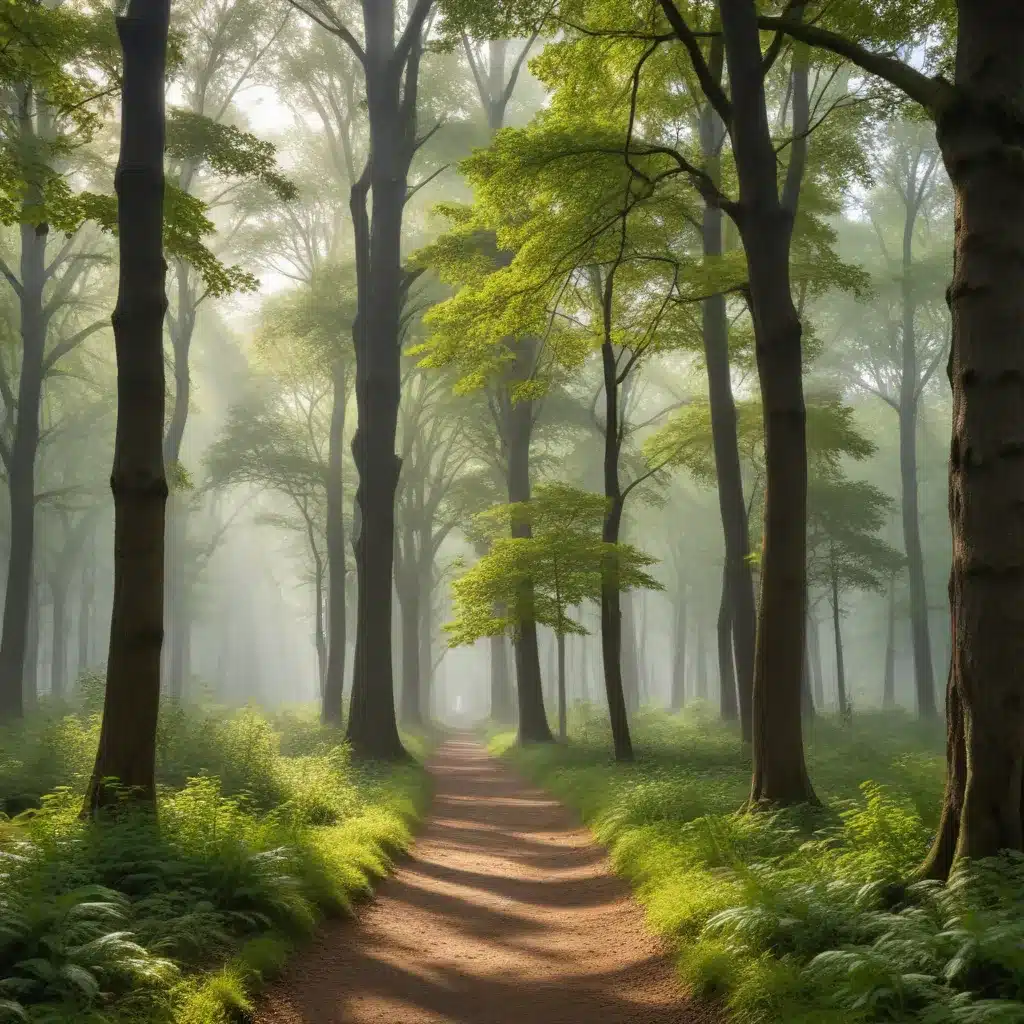
As the world becomes increasingly urbanized, the role of urban forests has never been more crucial. These complex, living systems of trees and associated vegetation within cities and towns play a pivotal part in enhancing the quality of life for millions. TriCounty Tree Care, a leading provider of comprehensive tree care services, delves into the current state of urban forestry, exploring the challenges, strategies, and innovations shaping this vital environmental resource.
Urban Forestry Trends
Challenges Facing Urban Forests
Urban forests face a myriad of threats in the 21st century. Climate change, with its associated impacts of rising temperatures, altered precipitation patterns, and increased pest and disease pressure, poses a significant risk to the long-term health and sustainability of urban tree canopies. Additionally, urbanization and land-use changes can lead to the loss of valuable green space, fragmenting and isolating urban forest patches. The lack of dedicated funding and comprehensive management plans in many municipalities further exacerbates the issue, leaving urban forests vulnerable to neglect and decline.
Strategies for Sustainable Urban Forestry
To address these challenges, forward-thinking cities and towns are adopting holistic approaches to urban forest management. Comprehensive tree inventories, facilitated by advanced remote sensing and geospatial technologies, provide a detailed understanding of the urban forest’s composition, health, and distribution. This data-driven approach enables targeted investment and strategic planning, ensuring the long-term resilience of urban tree canopies.
Environmental Benefits of Urban Forests
The environmental benefits of urban forests are well-documented and far-reaching. Trees in urban settings can help mitigate the urban heat island effect, reduce stormwater runoff, and sequester atmospheric carbon, making them a crucial ally in the fight against climate change. Furthermore, the presence of greenery has been shown to have a positive impact on human health and well-being, providing opportunities for recreation, relaxation, and community engagement.
Urban Tree Species
Native vs. Non-native Tree Species
As urban forestry practices evolve, the debate surrounding the use of native versus non-native tree species continues. While native species often possess greater ecological value and adaptability to local conditions, non-native trees can sometimes offer desirable aesthetic qualities or enhanced climate resilience. Progressive urban foresters seek to strike a balance, incorporating a diverse palette of tree species that meet the unique needs and preferences of their communities.
Selecting Climate-Resilient Tree Varieties
In the face of a changing climate, the selection of climate-resilient tree varieties is of paramount importance. Arborists and urban foresters are carefully evaluating tree species based on their tolerance to drought, extreme temperatures, and pest infestations, ensuring the long-term viability of urban tree canopies.
Tree Planting and Diversity
Successful urban forestry initiatives prioritize species diversity, planting a variety of trees to mitigate the risk of widespread disease or pest outbreaks. By incorporating a mix of deciduous and evergreen trees, as well as understory and canopy species, urban foresters can create more resilient and ecologically functional urban forests.
Community Engagement
Volunteer Tree Planting Initiatives
Engaging the local community is a crucial aspect of urban forestry. Volunteer tree planting events not only expand the urban tree canopy but also foster a sense of civic pride and environmental stewardship. These initiatives provide opportunities for residents to actively contribute to the well-being of their neighborhoods, strengthening the connection between people and their local urban forests.
Public Education and Awareness
Effective urban forestry requires a well-informed and engaged public. Educational campaigns, led by municipal agencies and non-profit organizations, aim to raise awareness about the importance of urban trees, their ecosystem services, and the best practices for tree care and maintenance. By empowering citizens with knowledge, urban foresters can cultivate a culture of urban forest advocacy and sustainable land management.
Urban Forestry Policies and Regulations
To ensure the long-term viability of urban forests, many cities and towns have enacted tree protection ordinances and urban forestry management plans. These policies establish guidelines for tree planting, preservation, and removal, while also providing a framework for funding and resource allocation. By aligning with these regulatory frameworks, TriCounty Tree Care and other industry professionals can collaborate with local authorities to safeguard the urban tree canopy.
Technological Innovations
Remote Sensing and Tree Inventories
Advances in remote sensing technologies, such as aerial photography, LiDAR, and satellite imagery, have revolutionized the way urban foresters collect and analyze data. These tools enable the creation of comprehensive tree inventories, providing a detailed understanding of the urban forest’s composition, health, and distribution. This information is crucial for informed decision-making, targeted management, and equitable resource allocation.
Data-Driven Decision Making
The integration of geospatial data and predictive analytics has empowered urban foresters to make more informed, data-driven decisions. By leveraging machine learning and artificial intelligence, they can identify high-risk trees, forecast disease and pest outbreaks, and optimize planting and maintenance strategies. This data-centric approach helps to maximize the ecosystem services provided by urban forests and ensure their long-term sustainability.
Emerging Tree-Monitoring Technologies
Innovative sensor-based technologies are transforming the way urban foresters monitor the health and well-being of individual trees. Internet of Things (IoT) devices, smart tree tags, and drone-based monitoring systems can provide real-time data on factors such as soil moisture, nutrient levels, and pest infestations. By adopting these emerging technologies, TriCounty Tree Care and other industry professionals can proactively address issues and optimize the care and management of urban trees.
As the world continues to urbanize, the importance of urban forests cannot be overstated. Through a comprehensive, multi-faceted approach that addresses the challenges, embraces sustainable strategies, and leverages technological innovations, TriCounty Tree Care and other urban forestry experts are shaping a future where cities and towns thrive in harmony with their natural environments. By working closely with local communities, policymakers, and industry partners, we can ensure that urban forests remain a vital and vibrant part of the urban landscape for generations to come.


